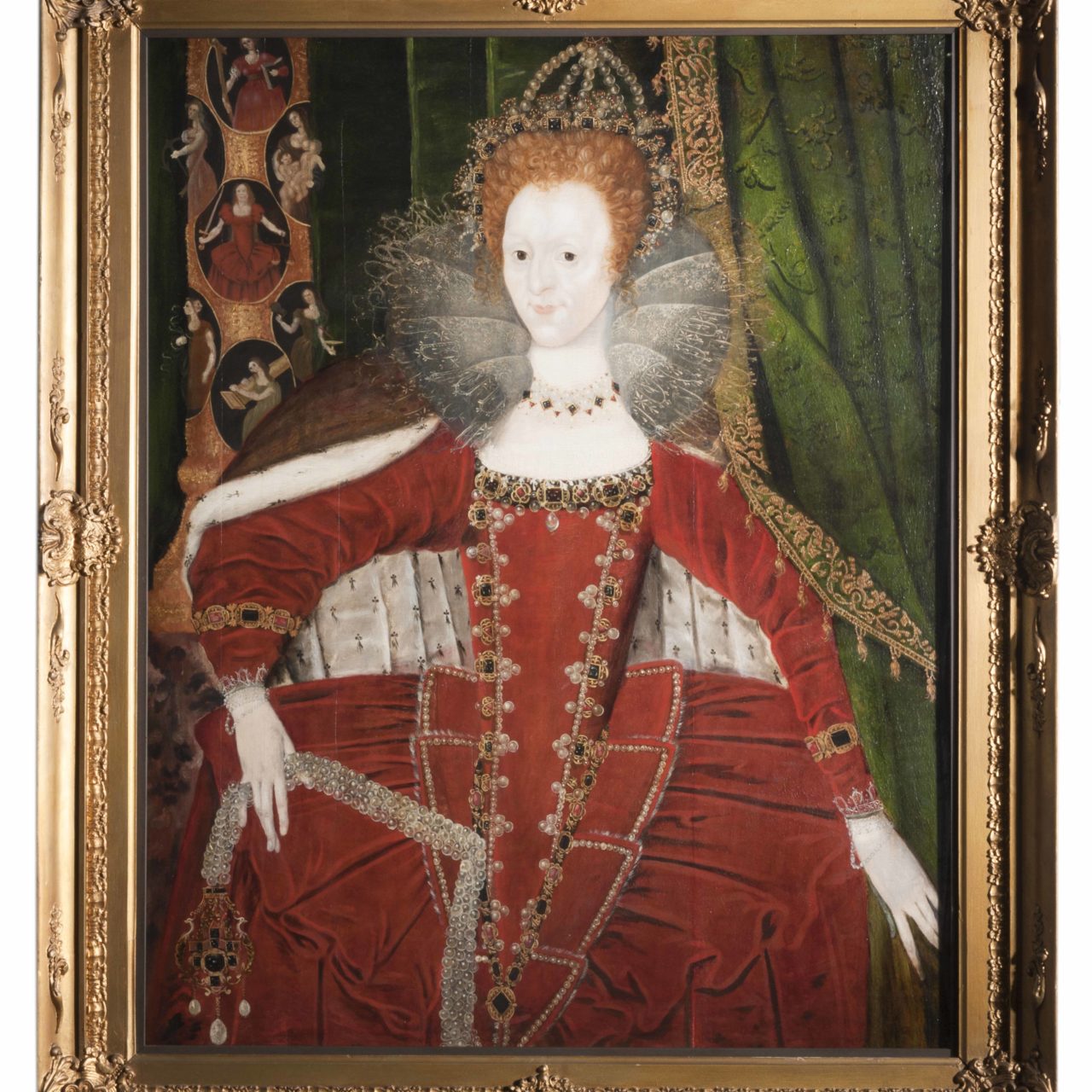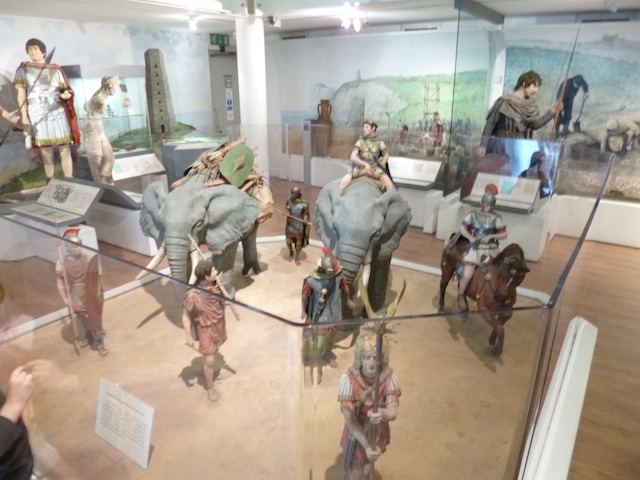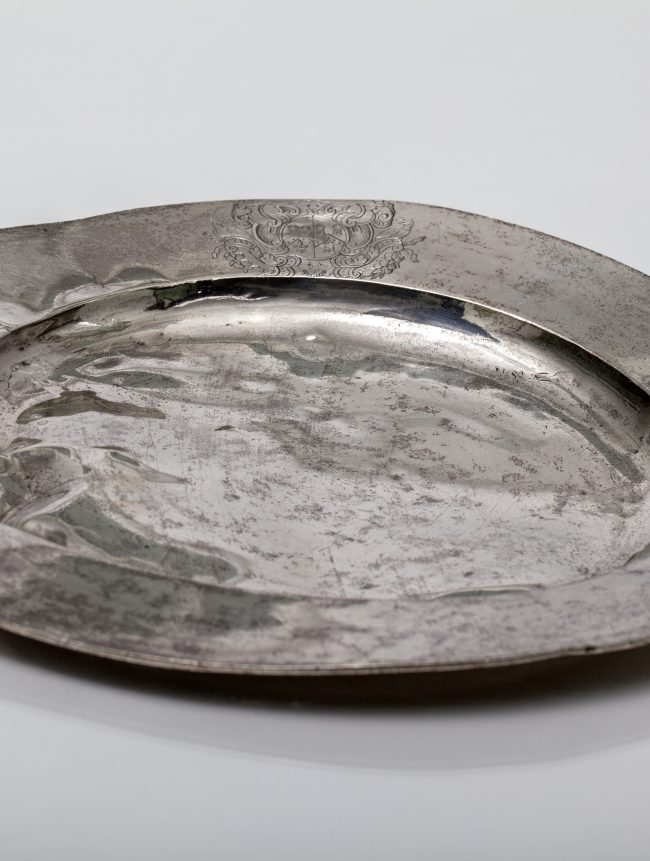About
The Picture of Elizabeth is displayed next to a room set showing a Elizabethan Room and artefacts. Together the portrait and artefacts demonstrate the growth of trade and political influence of the ‘middle classes’ during the Tudor period.
The pictures cost 25 shillings with the frame carved with the heraldic supporters of a dragon and lion added another six shillings and nine pence. The portrait is an example of the use of art as a means of Tudor Propaganda associated with the ‘Mask of Youth’
Learning
Elizabeth wears her parliamentary robe and the painting includes a pillar with images associated with the Cardinal had Theological Virtues. The medallions contain female personifications of the three theological virtues of Faith, Hope and Charity and the four cardinal virtues of Justice, Prudence, Temperance and Fortitude. Townspeople, familiar with Elizabeth’s image from coins, woodcuts and prints, would have read this image and its accompanying iconography differently from modern audiences.
This can be used to explore propaganda and imagery and to explore the political and social purposes of the painting within the context of the period. The power of the civic elite and their visual adherence to the Monarchy through the purchase of this image can be used to examine the interplay of urban elites and parliamentary power. The Museum offers drama, craft and talk and artefact handling sessions on the Tudor period to enhance learning on the topic of Tudor explorers and everyday life during the Tudor period.
Curriculum Links
- KS1: Local History, Significant Individuals, Artists, Craft Makers and Designers
- KS2: Local History, Britain Beyond 1066,Tudors and Stuarts, Artists, Architects and Designers in History
- KS3: Local History, Britain 1509-1745, History of Art, Craft, Design and Architecture




